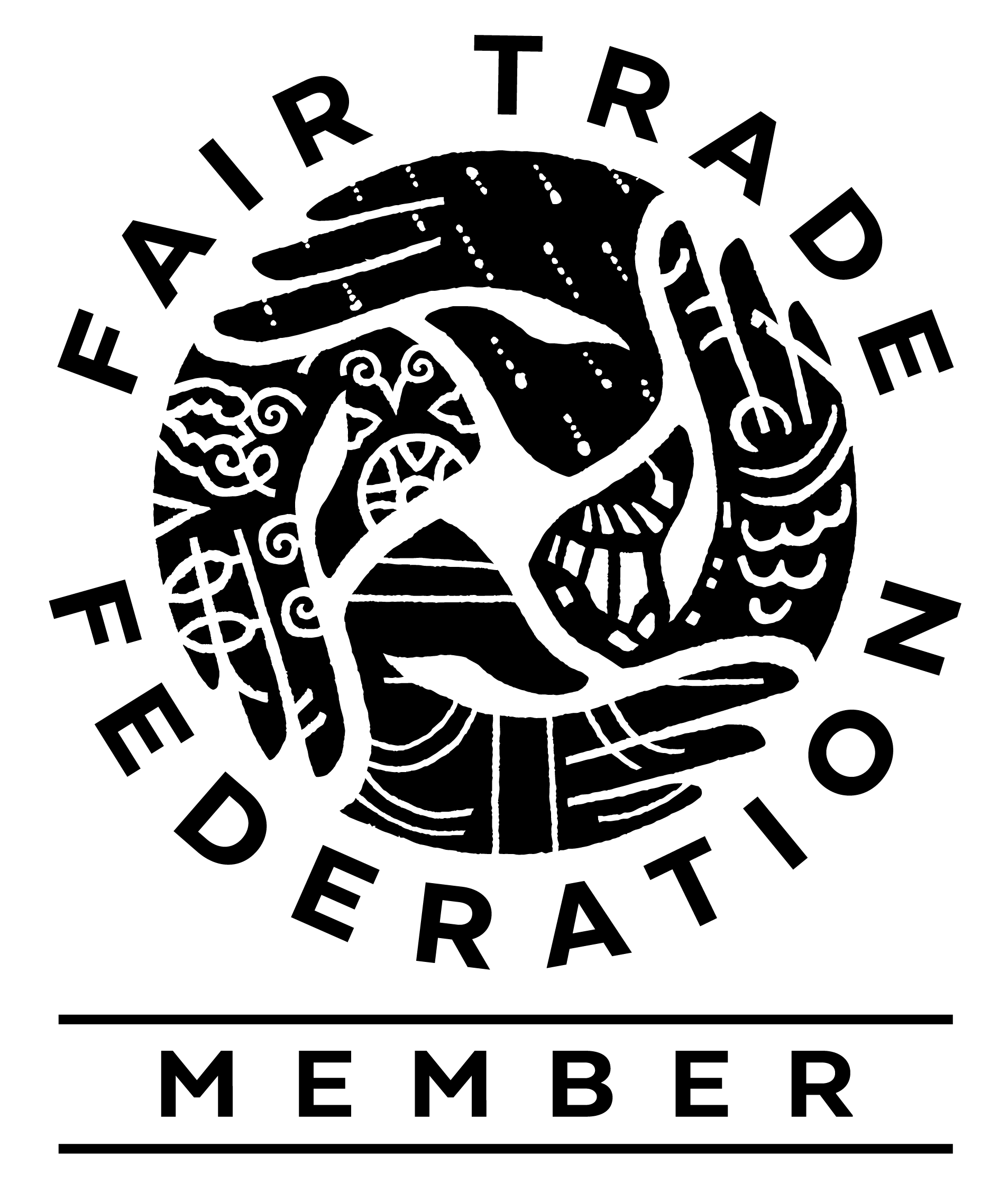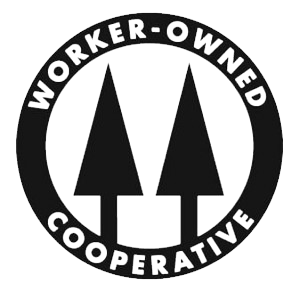As conscientious consumers, many of us look for the “organic” label when shopping. While we know that organic products have certain benefits, the extent of those benefits isn’t always obvious. When it comes to organic tea and conventional tea, you might ask: what’s the real difference? What makes organic tea a smarter choice than conventional tea, and why does it matter for you? Here are three reasons to feel good about choosing to buy and drink organic tea.
1. Organic means no chemicals. One of the clearest distinctions between organic tea and conventional tea is that organic tea is grown without the use of chemicals fertilizer, pesticides, fungicides, or herbicides. These chemicals have well-documented harmful effects on the environment, farmers and consumers who may ingest residues. Conventional tea-growing methods may maximize production in the short term, but there is a serious environmental and human cost.
Choosing organic tea, on the other hand, means supporting growing methods like plant- and microorganism-based natural fertilizers and pest deterrents, which are safer for the environment and for the farmers who work on the land. The benefit to you? No chemicals end up in your cup!
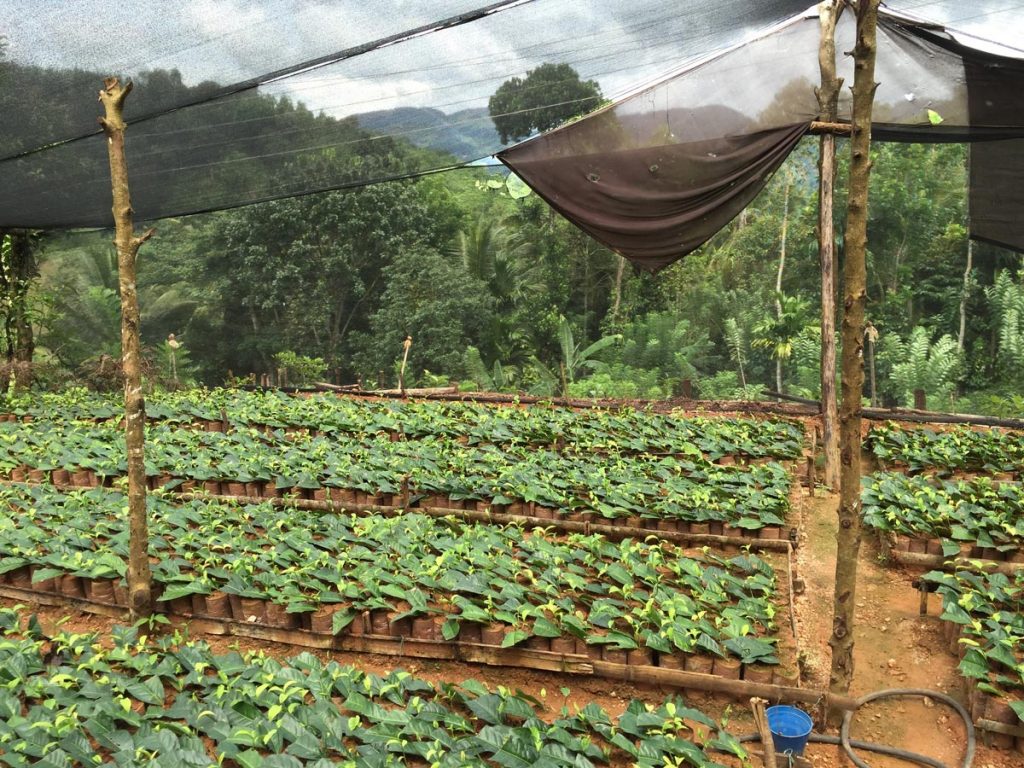
2. Equal Exchange organic tea is grown on biodiverse small-scale farms, while conventional tea comes from mono-cropped plantations. Small-scale farmers promote biodiversity by using organic and biodynamic farming methods, allowing wildlife and local flora to flourish alongside tea farming. Since conventional tea is farmed in a way that prioritizes mass production in the short term, it is grown on large-scale plantations dedicated solely to growing tea. These plantations overtake large pieces of land, eliminating any variety of plant and animal life. Mono-cropping strips the soil of nutrients, destroys forests and leaves wildlife with no place to thrive. In the long term, this is is unsustainable and creates lasting damage to the land.
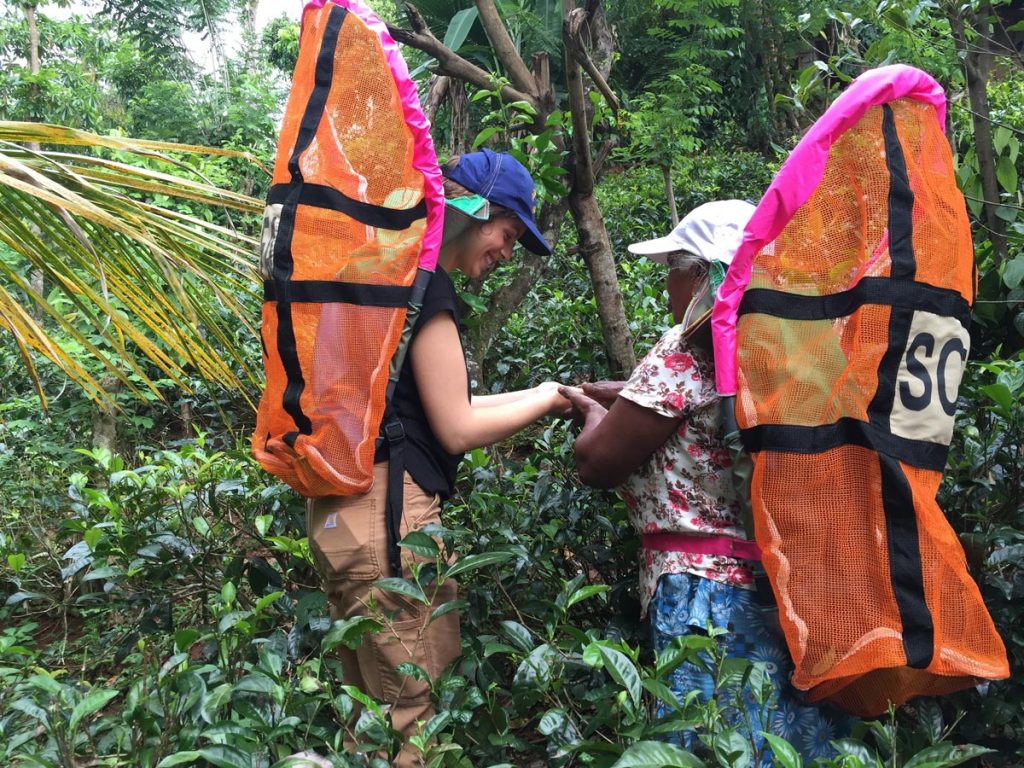
3. Equal Exchange organic tea is grown by small-scale farmers who belong to democratic co-operatives. Co-op membership and land ownership empower farmers, support healthy communities and strengthen local economies. Choosing small farmer-grown organic tea means choosing more than just a farming method – it’s a way to support an entire alternative system of production.
Conventional tea, grown with mass production in mind, relies on the plantation model – which is not only bad for the environment, but bad for farmers, too. This notoriously exploitative system disempowers workers, subjecting them to unsafe living and working conditions in the name of profits for plantation owners.
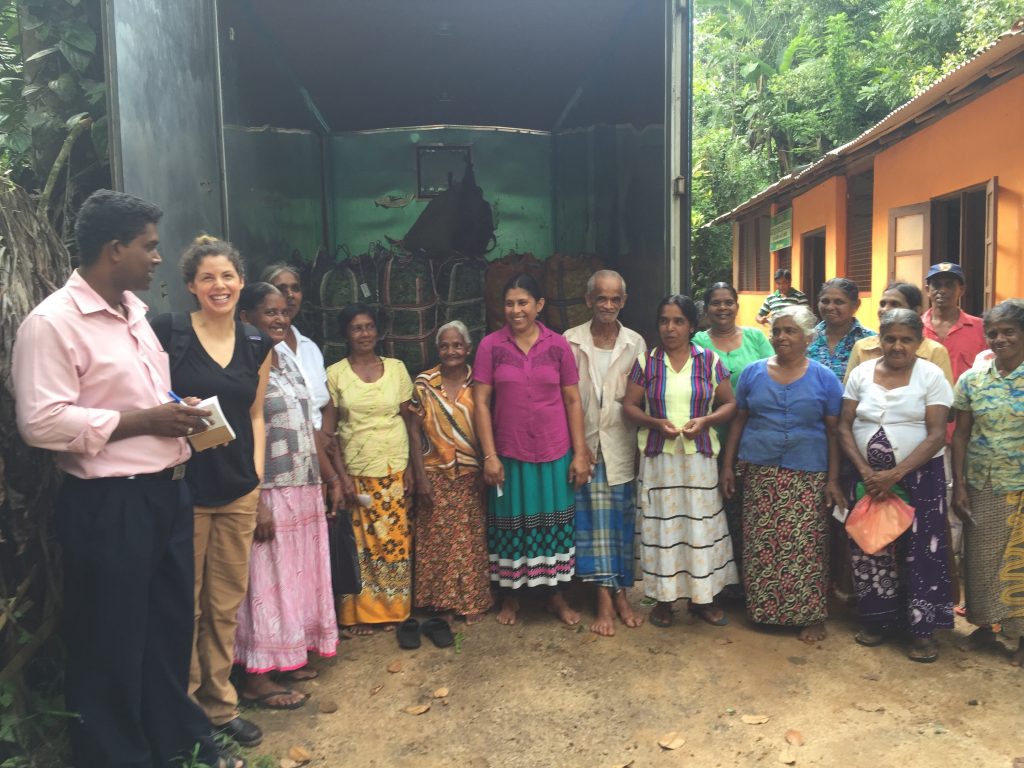
The differences between organic and conventional tea are extensive, and that’s just the beginning! You can do your part to support our environment, healthy farmers and stronger communities by choosing small farmer-grown organic tea whenever you shop.
Not sure where to start? Check out Equal Exchange’s full line of organic, small farmer-grown teas.
For a first look at stories and videos from the field, new product announcements, special sales and more, sign up for the Equal Exchange e-newsletter. Or follow us on Facebook and Instagram!
Preheat the oven to 325 F. Melt butter and dark chocolate together in the microwave and whisk until smooth. Cool the mixture to room temperature. Beat brown sugar, granulated sugar, vanilla and eggs until well combined. Pour in cooled chocolate and mix evenly. Sift together flour, baking cocoa, cinnamon, chili powder, cayenne pepper and salt.
Add dry ingredients to chocolate batter and mix until well combined. Fold in chocolate chips. Make balls out of the dough and place on a baking sheet.
Bake for 14 minutes. Remove cookies from baking sheet and let cool.
Yields 8-10 servings
Inspired by: http://www.cookingchanneltv.com/recipes/spicy-mexican-hot-chocolate-cook…
Whisk together the half-n-half, cocoa, salt and 1/2 cup of the sugar in a large saucepan. Heat the mixture, whisking frequently, until it comes to a full, rolling boil (it will start to foam up). Remove from heat and whisk in 1/2 cup of the peanut butter, stirring until thoroughly blended.
Chill mixture completely (I put it in an ice bath in the fridge) then get out your ice cream maker! I used my Kitchen Aid Mixer with the ice cream maker attachment which was pre-frozen. Once the mixture is chilled, pour it into the ice cream maker according to manufacturer’s instructions. It took about 30 minutes in the mixer to get the right consistency.
While the base is mixing in the mixer, take the other 1/2 cup of peanut butter and about 3 tablespoons of sugar and blend thoroughly. Add more or less sugar to your liking. When the mixer has done its magic, heat the peanut butter and sugar until just warm. Pour the mixture into your chocolate ice cream and fold in. This will chill into wonderful ribbons of peanut butter goodness! Eat immediately if you like a softer ice cream otherwise chill in freezer for a few hours. Top with whipped cream.
Yields 8 servings
Source: The Perfect Scoop by David Lebovitz
and Dinner and Desert, a blog by Erin Busch
The good news: there really aren’t rules when it comes to pairing chocolate and wine. Everyone’s taste preferences are different. In other words, YOU GET TO TRY EVERYTHING. The bad news: we’re talking about chocolate and wine! No bad news here. (Just make sure you drink responsibly.)
Since part of the fun is trying different combinations and seeing what you like best, a chocolate and wine pairing can be a fun activity to plan with your sweetie or a group of friends – especially around Valentine’s Day! And, you can make it as informal or formal as you want. For example, you could get a selection of chocolates and wines and casually try various ones, or you can make a tasting scorecard and record your pairing flavor notes as you go.
Here are some general tips when pairing chocolate and wine:
INSTRUCTIONS
Chocolate:
Begin by breaking the chocolate into squares and putting them into a ceramic or glass bowl. Placing your hands on the bottom of the bowl, bring your nose to the rim of the bowl and inhale deeply to experience the aroma. If you’re using a tasting scorecard, write down your thoughts.
Wine:
Pour the wine into glass or plastic cups. Much like smelling the chocolate samples, bring your nose to the rim of the cup to smell the aroma and write down your thoughts.
The Pairing:
Begin by taking one square of chocolate and put it into your mouth. Chew the chocolate slowly, allowing it to coat your tongue until it has partially melted. Think about the flavors and textures you are experiencing. Then, take a sip of your wine and note how the flavors interact. Write down your thoughts or share them with the other participants in the tasting. Take your time and taste the combination again. Did anything change? Are there new flavors emerging?
OUR FAVS
I got our Chocolate Tasting Panel (yeah, that’s a thing) together to do some “research.”
We purchased a variety of wines, all in the $12-$19 per bottle range:
And gathered eight Equal Exchange chocolates, ranging in flavors and intensities:
Favorite Pairings:
We had a lot of favorites…
Have fun and let us know your favorite pairings in the comments!
At the end of every year, we reflect on the accomplishments, challenges, developments and memorable moments that have helped us grow. Here are a just a few of the highlights from 2015, which we’re so proud to share with you all – and which we couldn’t have done without your support!
1. Over 7.5 Million Pounds Sold!
Over the last year, you purchased a grand total of 5.8 million pounds of coffee, 64,500 pounds of tea and spices, 1.2 million pounds of cacao and 554,739 pounds of sugar from small-scale farmer co-ops around the world, benefitting hundreds of farmers, their families and their communities. Those are big numbers with a big real world impact for farmers.
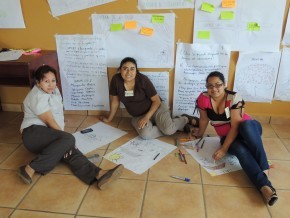 2. Gender Equity Workshop in Nicaragua
2. Gender Equity Workshop in Nicaragua
Equal Exchange is a proud supporter of the Coffee Quality Institute’s Gender Equity program as a Sustaining Partner. In January, Coffee Quality Manager Beth Ann Caspersen participated in the second of four international workshops in Palacaguina, Nicaragua. The workshops aim to promote gender equity in the male-dominated coffee industry by bringing men and women together to work through difficult questions about gender roles and the division of labor on the farm and in the home.
Read about Beth Ann’s experience >
3. Coffee Leaf Resilience Fund
Over the last year, Equal Exchange has supported several of our key partners in the fight against coffee leaf rust: CESMACH, Finca Triunfo Verde, and Comon Yaj Noptic in Chiapas Mexico; Las Colinas in El Salvador; and San Fernando Co-operative in Peru. These co-ops have received more than a quarter of a million dollars-worth of investment to renovate and replant their members’ farms as well as increase productivity and access to training and adequate technology. We estimate that just in the past year, we have directly contributed to the replanting of more than 1 million coffee trees between these partners. The resilience fund is continuing into 2016 and we look forward to see the amazing work that our partners are doing to rebuild their farms and livelihoods post-coffee leaf rust.
 4. Saveur du Kivu Cupping Competition in the Democratic Republic of the Congo
4. Saveur du Kivu Cupping Competition in the Democratic Republic of the Congo
In May, Coffee Quality Manager Beth Ann Caspersen traveled to the Democratic Republic of the Congo to judge the country’s first-ever coffee cupping competition. Despite numerous logistical and technical challenges – like initially lacking running water and electricity!—the event came together through cooperative problem-solving, quick thinking and teamwork. The competition brought together diverse roasters and cuppers, local producers and international judges to experience some of the spectacular coffees and the growing coffee culture of the DRC.
Read a day-by-day account of the competition here >
5. Cooperation in Productivity Event in Colombia
This year, we celebrated the 20th anniversary of our partnership with our Colombian coffee partners, ASPROCAFE Ingruma. In July, Green Coffee Buyer Carly Kadlec and Coffee Quality Manager Beth Ann Caspersen visited Colombia to take part in a Cooperation in Productivity event. At the event, special guest Fredy Perez Zelaya of COMSA in Honduras shared knowledge and insight about how to thrive using organic and biodynamic practices in a region dominated by conventional coffee.
Read Carly’s reflection on the Cooperation in Productivity Event >
Read Beth Ann’s reflection on the 20th anniversary >

6. A Visit to Sri Lanka, Plus Three New Teas
It was an exciting year for Equal Exchange tea! In September, we introduced three new teas: Organic Ginger, Organic Green Tea with Ginger and Organic Rooibos Chai. Not only does this mean more delicious options for tea drinkers, it means we are able to buy more tea and spices from small-scale farmers in an industry dominated by large plantations.
In December, our tea team visited our tea partners at Bio Foods and the Small Organic Farmers’ Association (SOFA) in Sri Lanka. They spent the week visiting farms, tasting teas, touring factories and talking about the tea industry with locals. Tea Supply Chain Coordinator Leif
Rawson-Ahern says, “Small scale farmers are incredibly rare in the plantation-dominated tea industry and our visit reminded us of the profound difference between large, conventional plantations and the small-scale tea gardens of the farmers we work with. Unlike the vast, clear-cut and mono-cropped plantations that cover the Sri Lankan countryside, the small farms we visited were celebrations of biodiversity.”
7. Bringing Farmers to the Forefront at the Northwest Chocolate Festival
In October, our chocolate team and two colleagues from partner co-ops CONACADO in the Dominican Republic and ACOPAGRO in Peru traveled to Seattle for the Northwest Chocolate Festival. The festival was attended by about 14,000 people, with a great mix of industry professionals and consumers. For two straight days we provided tasty chocolate samples and information about our mission to support small farmers.
Grant Projects Coordinator Cristina Liberati, together with Elizabeth Burgos from CONACADO and David Contreras from ACOPAGRO, gave a presentation entitled “Better quality beans, better quality of life for cacao farmers.” This presentation highlighted the work that we have done together as part of the USAID Co-operative Development Program. At the Chocolate Makers UnConference, held just prior to the festival, they presented the Cacao Tasting Form that has been developed with the co-ops and the Peruvian National Cacao Judges to spur industry conversation and action toward a common and inclusive language of quality.
Thank you for all that you do to support small farmers and the mission of authentic Fair Trade.
Happy New Year from all of us at Equal Exchange!
This winter, warm up with a cocoa tasting event! Hot chocolate is the quintessential cold weather treat – so a chilly winter day is a great time to introduce all three of Equal Exchange’s organic, fairly traded cocoa mixes to your community. Here are our suggestions for a festive and delicious tasting event: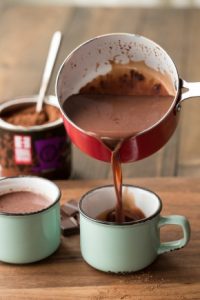
Happy tasting!
Valentine’s Day always comes as a delightful break from winter doldrums for all ages, and at school, it offers a festive and easy fundraising opportunity. Here are a few ways to celebrate with your students and raise money for your next project!
1. Set up a fundraising table and sell boxes of our Chocolate Minis. These sweet treats are a delicious alternative to conventional chocolate, and a fun way to share your love for the environment, small farmers and your community!
2. Distribute personalized handmade valentines that feature fun facts about Fair Trade and why it matters. These can tell students where to find Fair Trade chocolate (hint: your fundraising table)! Some sample text for your cards: “We (heart) Fair Trade! Fair Trade means that farmers are paid a fair price, work together in democratic co-ops and can invest in their communities and their land. Be sweet! Choose Fair Trade.”
3. At your fundraising table, share our short and entertaining video about why Fair Trade chocolate matters. Kids will come for the yummy chocolate, and leave feeling good and more informed about where their chocolate comes from.
4. Sell individual Chocolate Minis. They’re bite-sized and individually wrapped, so you can sell them for pocket change — but it’ll add up fast toward your goal! You can also glue individual wrapped chocolates to paper hearts and offer to deliver them to your customer’s desired recipient.
5. Sell Fair Trade hot cocoa by the cup. It’s easy: just set up an urn of hot water, cups and one of our hot cocoa or hot chocolate mixes. It’s an instant sweet and warming treat that will be irresistible on a cold February day and bring in great profit for your group. This works especially well for after-school meetings or sports games.
How do you fundraise around Valentine’s Day? Share your idea in the comments!
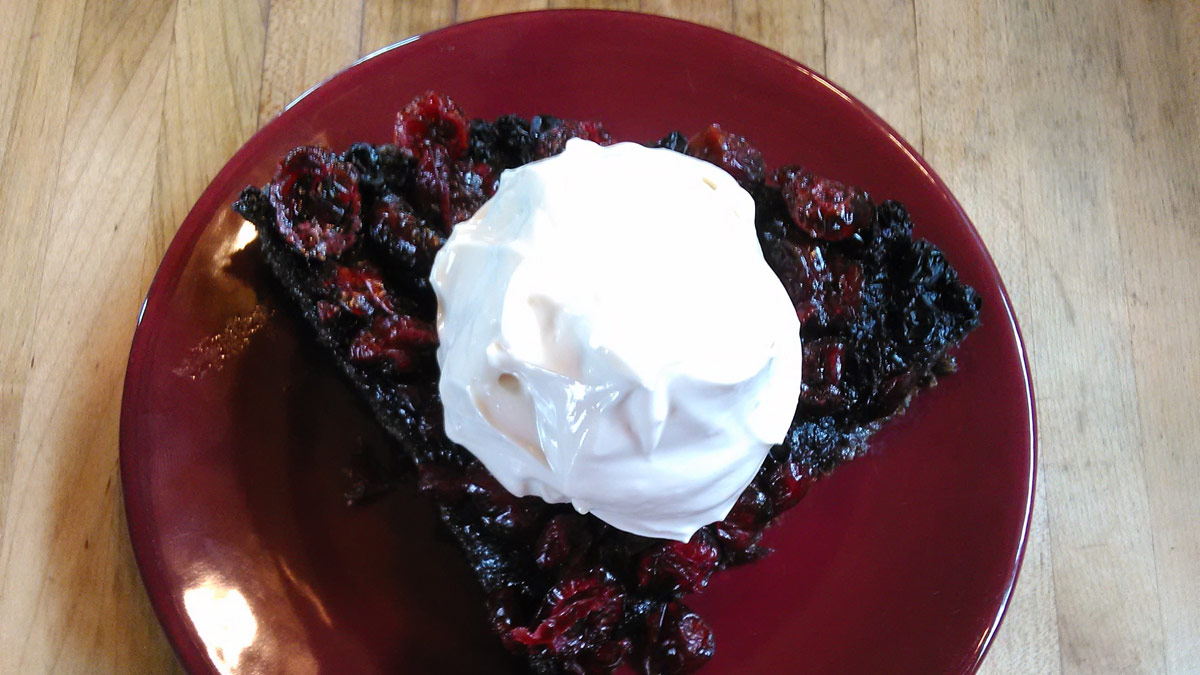
Recipe submitted by Iris Miller
In the last year, you may have noticed a new logo on the package of your coffee: the Small Producer Symbol. The SPP (the acronym of the Spanish name, Simbolo de Pequeños Productores ) is a relatively new certification label that you can now find on many of our coffees and in stores nationwide.
Certification labels help us understand our food choices better, allowing us to make informed decisions about what businesses we want to support based on their practices. At first glance, the SPP symbol may seem like another logo in a sea of logos – but the movement behind it is unique and profound. The SPP is the first Fair Trade farmer-owned certification system, representing the emerging leadership of small farmers in global trade. In a world where certification systems have been defined and controlled by people in the global north, it’s exciting and important that farmers in Latin America are taking control and defining what a just trade system looks like to them.
The need for the SPP emerged as a response to changing Fair Trade certification standards, which have broadened to include coffee and cacao plantations. Many people find this move to be counter to the founding principles that focus on small-scale farmers, who have trouble competing with plantations on the conventional market. In response, the Coordinating Body of Latin America and the Caribbean (CLAC) began strategizing a way to keep Fair Trade fair for small farmers – and the SPP was born. The certification system is run by the nonprofit group the Foundation of Organized Small Producers (FUNDEPPO), who best understand the needs and goals of small farmers like themselves.
So what exactly does the Small Producer Symbol mean for farmers, and how are its standards different from other certifications? SPP standards are comprehensive, and include 50 criteria for small farmer member organizations, including maximum individual farm sizes and a maximum percentage of farm work performed by hired help. This means that plantations and large-scale operations are excluded from SPP certification. Buyers who use the SPP label, like Equal Exchange, must meet nearly three dozen criteria, including a minimum of five percent annual volume growth in program purchases. This means that buyers are committed to supporting the farmers of the SPP long-term. And most importantly, the SPP is run and governed by farmers themselves.
We’re proud and excited to support the Small Producer Symbol and the farmer-led movement it represents. We hope you’ll join us in supporting the SPP by spreading the word, seeking out the logo when you shop and choosing to brew the coffee that represents authentic Fair Trade.
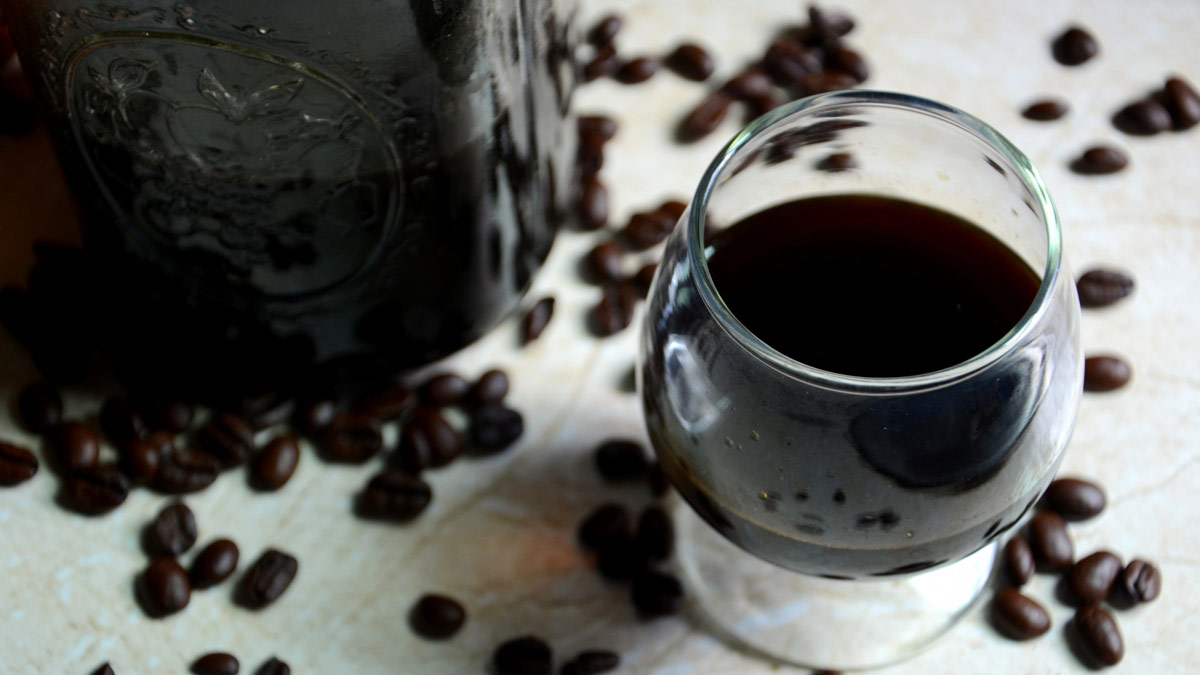
You can also infuse this base coffee liqueur with other spices and flavors. For a spiced coffee, add 1 cinnamon stick and 1 tbsp cardamom pods to the beginning mixture to age for a week and strain as usual.
For an orange coffee liqueur, add the peel of half an orange taking care not to include the pith to the starting mixture to age for a week and strain as usual.


